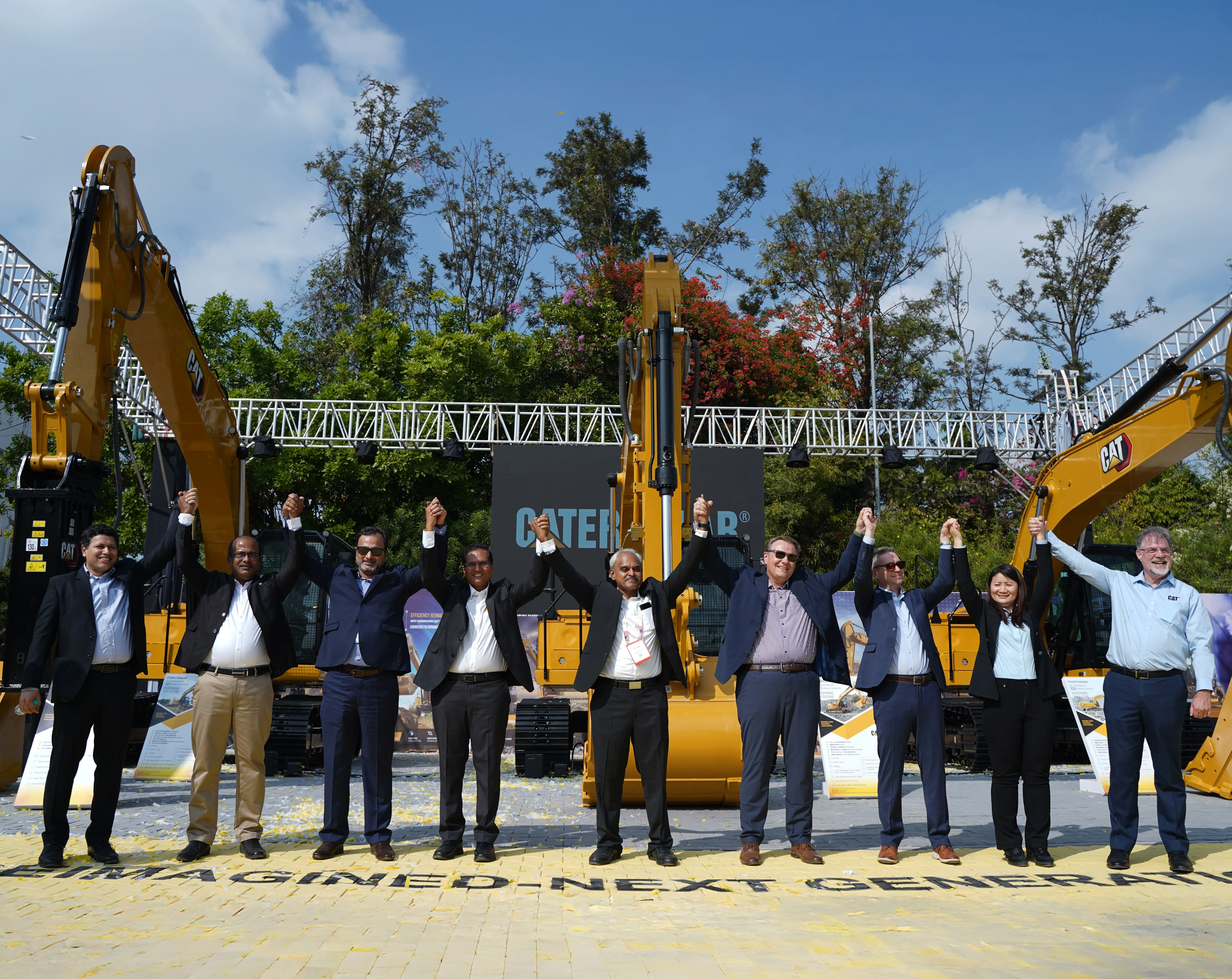How does any city create a smart and sustainable infrastructure?
According to a McKinsey report, by 2050, most cities will witness an influx of another 2.5 billion citizens to their geographies. Therefore, it is imperative that our portfolio of smart technologies is deployed, at once, to serve the greater cause of humanity.
The Smart Cities Mission, an initiative by the Government of India, will drive economic growth along with improving quality of life. Enabled by local development with technology solutions is the key to create smart cities across the countries. Basis this line of thought, following steps can be applied for pan-India development of smart and sustainable infrastructure. Develop areas step-by-step with three models of area-based development: Retrofitting, Redevelopment and Greenfield.
The real manifestation of these initiatives will be ‘better quality of life’. Cities are awash with troves of metadata that can be leveraged to help municipal administrations grapple not just with matters of quotidian importance, ranging from traffic, hospitals, road upkeep, maintenance of public infrastructure, safety, etc., but also categorically step in with an efficacious rescue act during times of natural disasters.
Three indispensable elements go into making a city smart. First, a robust bedrock of technology powered by high-speed internet and a million mobile handsets and gadgets generating real-time data. Second, premium cutting-edge tools and apps filter out the signal from the noise. Third, a city needs a true lodestar in the avatar of a public authority, an administrative body, or a company. Smart city initiatives run the risk of capsizing without its wherewithal, appetite for the public good, and a vision for the future.
What are the real challenges faced in infrastructure as far as project management is concerned?
As the creation of infrastructural assets in a country takes a beating, the rate of corporate growth and investments plummets, simultaneously contributing to the loss of 4-5 per cent of GDP growth.
It doesn’t help that there are numerous bureaucratic and ground-level roadblocks that hamper any attempts at clearing through administrative problems. For instance, many infrastructure projects abruptly halt as they suffer from a lack of approvals and clearances. It is equally incumbent on the government, be they at the state or the central level, to kick-start a real spell of reform and operational efficiency that does away with stilted laws, outdated norms, and obstructive red tapism.
Another roadblock that has been guzzling away crores of funds from private players is commercial and contractual disputes that run for years and years, if not decades. Additionally, and most importantly, municipal authorities need to be liberated from the stifling grip of project finance deficit. It is a well-known fact that municipal bodies cannot undertake pivotal projects as financing from the state and the central government continues to lag the budgetary requirement.
The lack of well-defined goals is another factor that unravels infrastructure projects in India. Surprisingly, even listed firms also come down with this malady as senior management leadership of a company keeps focusing on the bright side of a proposed transaction without completely reckoning the variables that can spin out of control. If that wasn't enough, governments at the centre and the state also change within the project's lifetime, leading to additional compliance burdens. The entry barriers for initial investment capital are revised retroactively, forcing firms to either walk away from long-term projects or run from pillar to post, seeking ad-hoc partners that can help salvage a stalled project.
How can cost escalations and time delays be solved in the infrastructure segment?
Many firms engaged in infra development at a district, or a state level are quite divorced from the new-age technological developments that can radically transform their factory-floor operations, ERP dynamics, and vendor engagement norms and, by and large, unveil boosted efficiencies for their business.
Digitization has been gaining roots over this decade as an increasingly greater number of private players have been able to tap into its AI-powered data insights yielding better economies and a stronger bottom line. It will be digitization that will undergird the stratospheric growth of the infra space in India.
Phased bidding can remove some exposure to cost escalations by locking in prices and identifying scopes as early as possible. Pre-purchasing material and its strategic delivery and storage can also alleviate potential issues of a rudimentary procurement process and save time and resources. Above all, something as simple as communication can be a key parameter to make or mar infrastructure projects. Establishing robust communication channels between the stakeholders, including subcontractors and suppliers, can help identify risks before they cause any evident damage or cause delays. In addition, a high degree of transparency can enable any builder to react swiftly and leverage contingencies.
What’s your take on the National Infrastructure Pipeline? How does its future augur?
India’s infra space will be a sizable, if not the largest contributor to its goal of attaining a US$ 5 trillion economy. The National Infrastructure Pipeline is an ambitious project that will ratchet the country’s global competitive rankings, revive job opportunities and generate disposable income for the common citizen.
As per a Department of Economic Affairs report, the NIP was drawn up after exhaustive deliberations and is calibrated to capture all projects that are greater than INR 100 crore and will go on to include under its label greenfield, brownfield, construction projects as well as new initiatives that are being conceptualized.
With NIP, the government is signalling its intent to revolutionize the national economy and power it to the prime position of one of the world's largest economies. The focus is quite wide and all-encompassing. Infra programs tailored for power, roads, renewable energy, atomic energy, petroleum, natural gas, ports, railways, smart cities, water supply, telecom, irrigation, and more are all included in the scheme.
As per government records, a total of 8,953 projects come under the NIP, with total project costs running into an astronomical US$ 1,782.47 billion. In addition, 2,113 projects falling under 34 different sub-sectors are currently under implementation, substantiating the belief that India is taking bold strides toward the future.
With the combined strength of the centre, states and private sector in play, the NIP will be the springboard from which India will leap into its long-desired position of an economic powerhouse. Even today, FDI and FPI investments are being funnelled into India on the immense potential of the NIP. As more and more liquidity finds its way to Indian shores, stalled projects can be revived while domestic private players can dictate their terms of partnership and engagement to foreign investors.
What are some of the public and private initiatives being taken for the recovery of the infra sector?
In FY21, India’s infra space pulled in a whopping US$ 81.72 billion in FDI inflows. These stellar foreign funds inflow indicates the enormous appetite that overseas investors have for India. The breadth of the Indian domestic market and the strong consumption trends emanated from the bottom of the pyramid stand.
Undeniably, the infra space has been boosting this surge by putting disposable income in the hands of millions of unskilled labourers. Besides delivering a sustainable wage to blue-collar labourers, the government is also setting the bar on governance higher by its unrelenting focus on ‘Housing for All’, which aims to provide price-competitive homes to many economically underprivileged families. As of August 22 this year, around 122.69 lakh homes had been sanctioned for construction, and over 62.21 lakh families had been successfully delivered residential accommodation.
The central government has shown its commitment to ensuring that hundreds of smart cities start dotting the map of India, which will engender new hopes and possibilities for its people. The logistics sector is being paid special attention considering that urban freight has been projected to leapfrog by a whopping 140 per cent given the rising volume of e-commerce business and supply chains in India. Besides, cumulative spending on infra capex is slated to register a respectable CAGR growth of 11.4 per cent over FY21-26, riding on elevated expenditure on water supply, transport, and urban infrastructure.
As of November 2022, capex by listed Indian companies seems to be at an all-time high of INR 7 lakh crore in the last 12 months, taking the combined infra capex of center, state, and private sector to an incredible 21 lakh crore in the current FY.
Such active involvement by the private sector is suggestive of the buoyant spirits dominating the narrative in the Indian economy at a time when the global economy is facing an imminent recession. So naturally, such upbeat economic expectations have materialized as a steady push towards infrastructure strengthening starts yielding impressive results.





















